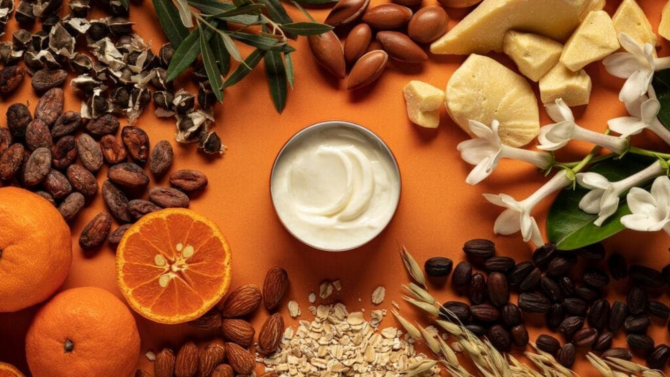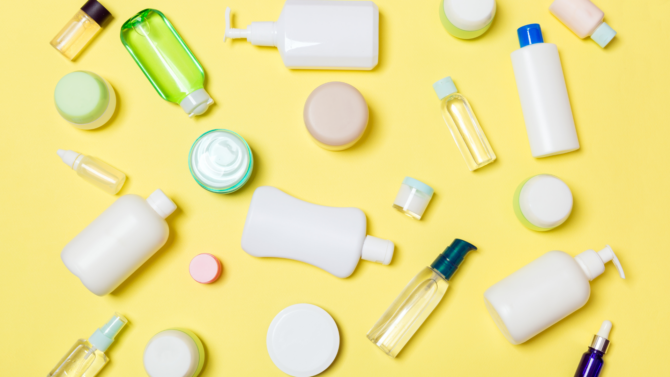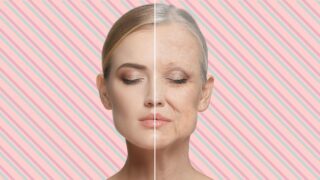After one of the hottest, driest summers on record, you may be finding that your skin has taken a battering. So before we have freezing temperatures, wind and central heating to contend with, here’s some practical advice from three TTG-registered practitioners on how to safeguard your skin into autumn and winter.
1. Unclog those pores
Obviously, SPF is a must, but a long hot summer of slathering on sun protection every day (or several times a day if you’re doing it properly) can lead to clogged pores. Coupled with how much sweating we do under the sun, most of us will be heading into winter with fairly congested skin. Enter, exfoliation. ‘Now is the time to switch up your skincare to exfoliate the surface skin cells and unclog the pores to allow fresh, healthy skin to shine through,’ says Dr Christine Or of Dr Christine Medical Aesthetics in Tunbridge Wells.
‘Introduce a weekly exfoliation to gently lift off the surface dead layers of skin and unclog the pores, and use an oil-free, non-comedogenic mineral sunscreen to protect your skin from UV damage,’ she advises. And if you’re really struggling with congestion, ‘Now is a good time to start a course of in-clinic chemical peels to help remove the build-up of surface dead skin and encourage cell turnover to reveal fresher, glowy skin.’
2. Nourish to protect
As the air gets chillier outside, the heating gets hotter inside, and this means one thing for skin – dehydration. ‘Soon, we’ll be feeling colder, drier air, so start planning and prepping now so your skin doesn’t have a harder battle during the winter,’ says Joanne Evans, founder of Skin Matters in London. She advocates feeding skin internally with extra hydration now, so it has deeper reserves to draw on in a few months’ time. ‘If skin is dry and dehydrated, ramp up your internal moisture with supplements containing hyaluronic acid and ceramides,’ she says. Joanne recommends Advanced Nutrition Programme and Totally Derma supplements to her clients.
3. Tackle sun damage
If you feel your skin is showing signs of sun damage like pigmented spots and dullness, this is likely the accumulation of decades of damage that gets triggered when the sun is at its strongest. ‘A lot of the pigmentation you’re seeing isn’t just this holiday, it’s holidays over the last ten, twenty years,’ says Joanne. But there are things that can be done to lessen its visibility.
‘After a summer of too much sun and sangria, I suggest treating pigmentation by adding in ingredients like niacinamide, azelaic acid and topical retinols – these are all great for treating pigment,’ says Alexandra Mills, founder of AM Aesthetics, with clinics in London and Northern Ireland. ‘As for in-clinic treatments that are great to do in the winter months, I recommend PDRN (polydeoxyribonucleotide) skin boosters [polydeoxyribonucleotides are molecules that are able to stimulate the metabolic activity of cells to promote skin repair by stimulating new cell growth] for pigmentation on the neck and decolletage, as these areas can be covered with polo-necks.’
Join Our Mailing List
This is the best way to stay in the loop with our latest news and updates, including industry titbits and tailored offers.
Related Stories

Skincare
How To Avoid ‘Festive Face’: Your Skin Survival Plan For Party Season
Festive food indulgences, lots of late nights, and a glass (or two) of champagne – the winter party...

Concerns
Can ‘NoTox’ Skincare Ever Measure Up To Toxin Injections?
For anyone looking for an alternative to wrinkle-relaxing toxin injections, ‘NoTox’ skincare,...

Skincare
Do You Need To Change Your Skincare Every Season?
As a beauty and aesthetics journalist with specific training in cosmetic science, I get asked a lot of...

Skincare
Post-Tweakment Skincare: The Expert Guide
After the excitement of having a tweakment, it can be tempting to sit back and just wait for your results to...







 The Tweakments Chatbot
The Tweakments Chatbot